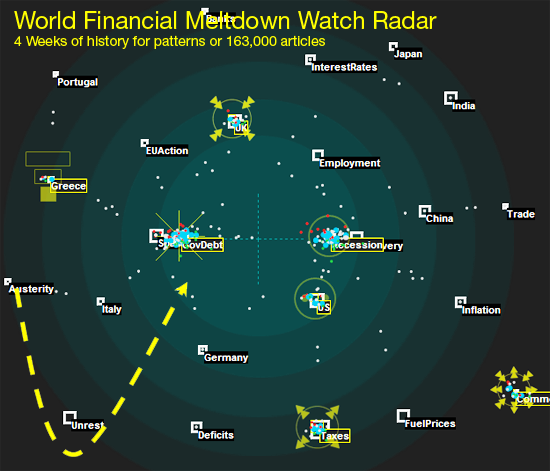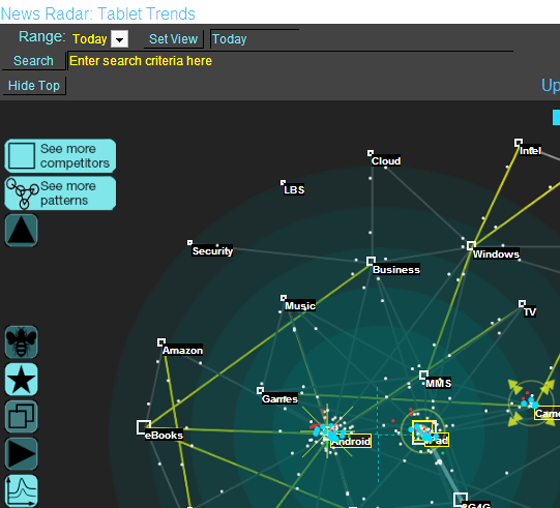On April 22, 2012, Diane Mermigas wrote this article in Business Insider: Facebook's Potential Search Power Could Surpass Google's. The gist of the article is that the rich human interaction within Facebook is a superior method of creating invaluable context about Facebook members and their friends, thereby enabling a superior matching of advertising content and search results with individual Facebook members. This could very well be true - to a point. And that point is the line where sharing and updates crosses over to become spam for the notified Facebook members. It is my observation that younger Facebook users and some demographic groups have higher tolerances for sharing based on extended periods of time for Facebook application usage.
But my analysis here pertains to professionals in business, finance, politics and societal security. While all of these types of people may have Facebook identities, it is highly improbable that they are substantially sharing, liking, or friending within the external communities where they compete and earn their livings. Sure, there are exceptions like Realtors and insurance agents where selling is dependent on personal relationships. Yet few in competitive environments are willing to reveal context about themselves that could expose personal weaknesses. Few were also willing to offer any reason for a potential customer or voter to choose a competitor.
Over ten years ago, we envisioned a news intelligence system that was augmented by collaborative insights. We called this collaborative insight our "swarm index," named after the swarm intelligence found in colonies of bees. Our swarm index enabled commenting, sharing, and changing of news article urgencies. We also implemented powerful versions of "liking" that included measures of group threats or opportunities, far before Facebook. In spite of all these community capabilities, it did not take us long to realize the true needs and behaviors of professionals in private networks to whom we targeted our news intelligence networks:
- Our network members dedicated minimal time to collaboration or sharing. They were just too busy to add more work to their daily schedules.
- Our network members were concerned that if they were perceived to be uber collaborators, then they might correspondingly be perceived to have too much time on their hands.
- People were concerned to offer collaboration content that might appear trite or untimely to their organization peers - and even worse to offer opinions that were contrary to shared organization beliefs.
Looking ahead, it is understandable that Google is seeking more dedicated collaborative or community inputs that will help improve the context of its searching and advertising. And it is expected that Facebook will continue to leverage its community contributed content and context. Nevertheless, not all Internet users are potential Facebook content editors. Many professionals (as in the 150,000,000 Linkedin members) will continue to rely in the intelligence of Google, and not risk the downsides of self contributed Facebook content.




